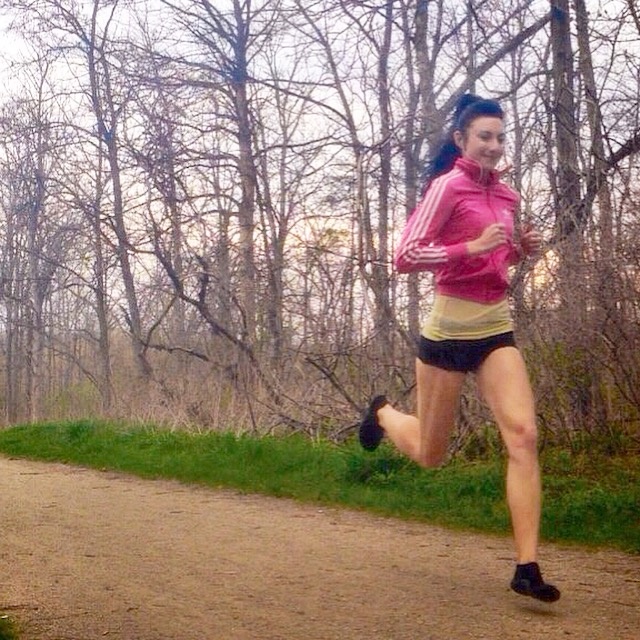Pose and Chi Running methods really helped me put leg swing mechanics into perspective, helping me run forefooted with greater efficiency at the legs. I strongly feel that every forefoot running beginner will benefit from these methods of running, however these running methods recommend one thing that I strongly oppose, and that is landing with a midfoot strike.

Pose and Chi Running for Improving Forefoot Running Form
The only problem I have with both running methods is that they advocate landing midfooted. Other than that, they both give foundational advice on solid running biomechanics.
In all, the fundamental message of Pose Running and Chi Running is clear: don’t heel strike.
Though Pose Running and Chi Running differ mechanically, the name of the game is to run injury-free and with better performance outcome.
Pose vs Chi
A fundamental component in learning a non-heel strike running style is to increase your cadence and get use to having your feet spend more time in the air then on the ground. Pose and Chi Running have different approaches in helping you learn to do this:
Pose Running. Think of pulling the foot up at the back of the heel off the ground directly under the hips using the hamstring muscle groups. The feet should essentially pop up and down like pistons.
Chi Running: think of the foot floating up off the ground behind the body.
The difference between the two strategies is the perception of removing the foot from the ground. You can either perceive your foot of being pulled up or to float up from the ground.

I also had a heavy foot strike and learning to pull the foot up certainly lightened my foot strike.
Additionally, my stride felt more compact when ‘pulling’ since pulling reduces over-striding and increases step-rate (shown right). However, my quads were sore long after as expected since the firing of the hamstring is needed to pull the foot up off the ground.
In my opinion, the method of pulling the foot up should be executed during speed sessions to ensure step-rate increases, ground-contact time drops, and the shins are protected against ground reaction forces.

requires less mental effort, in my opinion.
My legs felt more relaxed with Chi because I focused on one perceptual cue only, ‘floating up’. I had less quad soreness because removal of the foot off the ground is less forced compared to pulling using the method of Pose Running. However, choose which feels most comfortable on your legs, some days I use Pose and other days I use Chi.
More From Run Forefoot:
- Why You Shouldn’t Stretch Before Running
- Preventing Toe Pain When Running
- How East African Runners Use Their Feet
- What is a Forefoot Strike
- How Meb Won Boston
- How to Gain More Energy Before Running
Bretta Riches
BSc Neurobiology; MSc Biomechanics candidate, ultra minimalist runner & founder of RunForefoot. I was a heel striker, always injured. I was inspired by the great Tirunesh Dibaba to try forefoot running. Now, I'm injury free. This is why I launched Run Forefoot, to advocate the health & performance benefits of forefoot running and to raise awareness on the dangers of heel striking, because the world needs to know.
Latest posts by Bretta Riches (see all)
- Are Minimalist Shoes Good for Seniors? YES! - 14/04/2024
- BIG Deals On Running Gear And More! - 09/04/2024
- Why Are My Feet Tired After Running? - 04/04/2024

Dr.R teaches landing on the ball of the foot!
Thank you for posting. I enjoyed reading.